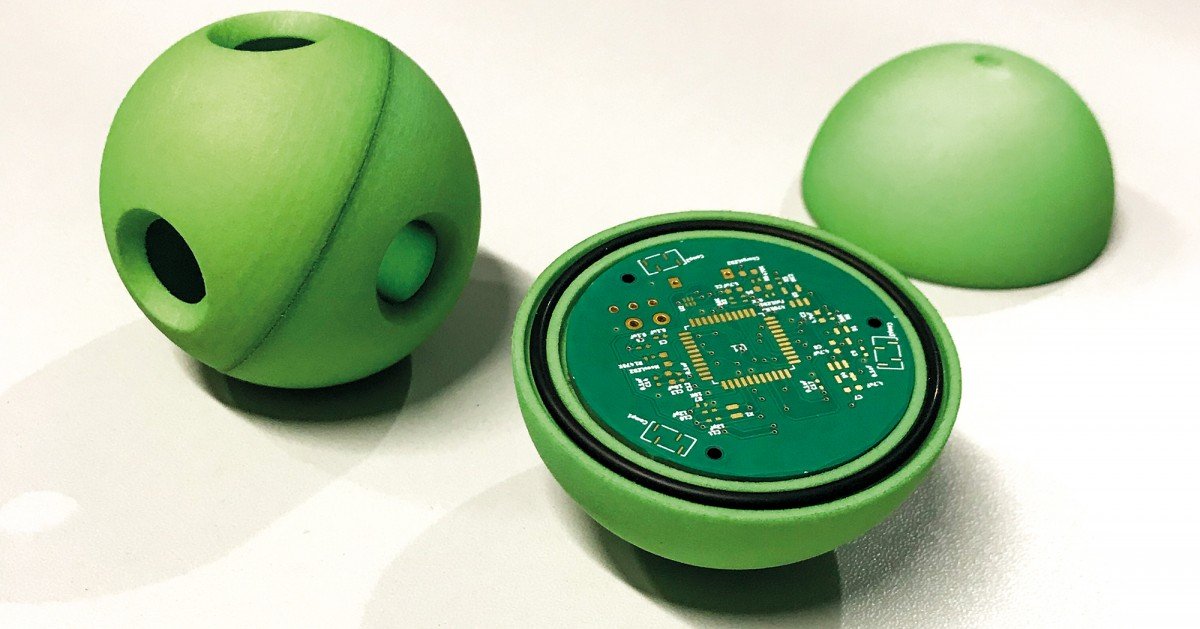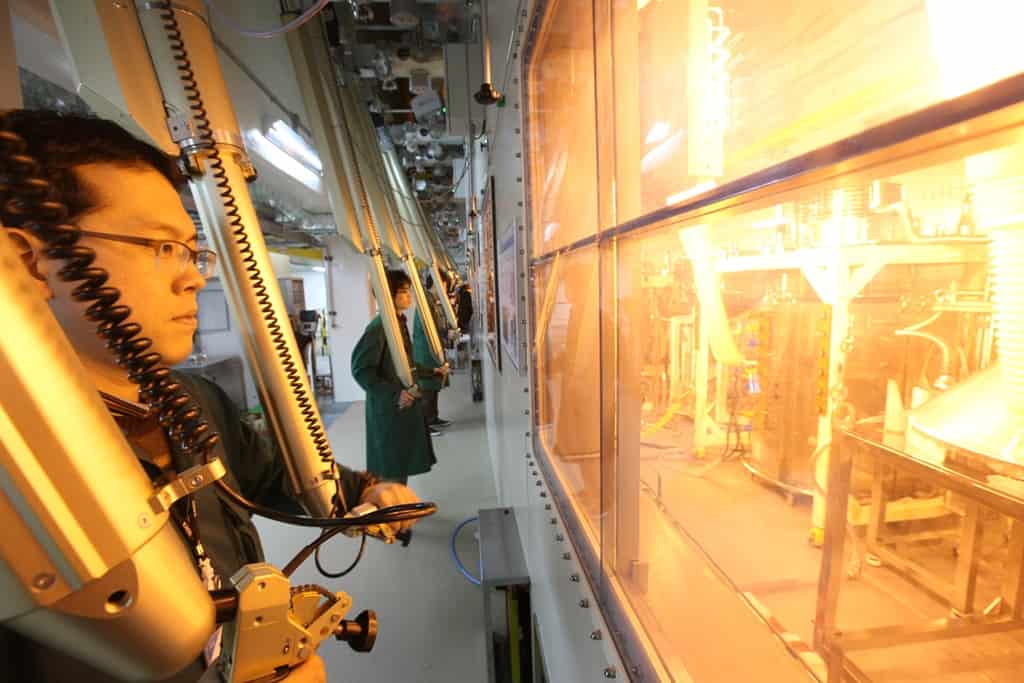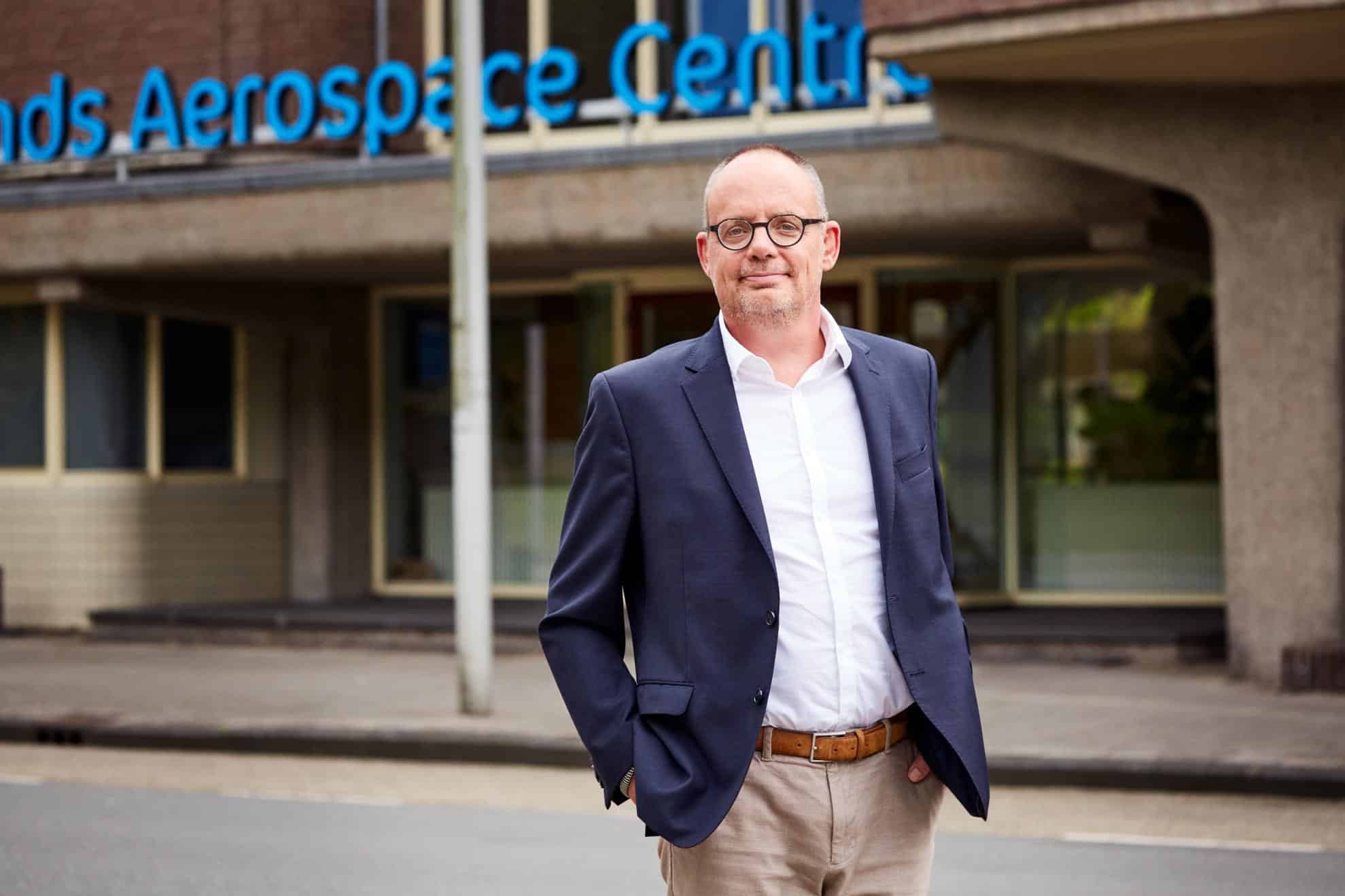
The Eindhoven-headquartered scientific research project Phoenix has entered the final year of its EU Horizon 2020 funding, as it pursues its mission of devising sensors and technology that can reach inaccessible spaces, and that can retrieve information without direct hardware or software control. With a wide range of possible applications that could have meaningful societal and financial impact, such as assessing the integrity of underground water piping, detecting conditions within chemical reactors, or gathering data on the state of a system of gas pipelines, the project already is attracting attention from industry.

Peter Baltus, Professor of Electronic Engineering at TU/e, leads the project, which combines the forces of more than thirty scientists from a wide range of disciplines, and from a number of universities and research institutions. This includes a team of enthusiastic undergraduate, PhD and post-doctoral candidates, with whom he was discussing the week’s progress when Innovation Origins spoke to him.
(AUDIO: Listen to Radio4Brainport interview with Prof Peter Baltus, Phoenix Project)
He describes the programme as involving long-range, high-risk science-fiction research, which benefits from combining a range of competencies. “The nice thing is that we have a really strong and intense cooperation between all these people, each from their own interest and own background, contributing their part, making something together to solve this complex problem”.
The essence of this complex project is about optimising limited resources to deal with the unknown. “We are looking at solving problems in environments where you really can’t get to, and thus where you are resource constrained. Because you are looking to access small spaces, you are working with sensors in which memory capacity, computing capacity and energy storage capacity are limited. Moreover, you have a fundamental problem in that you don’t know what your environment is like, and therefore you don’t know how to optimise these sensors for their exploratory work”, Baltus explains in rapid-fire English.
When artificial intelligence is not an option
Traditional artificial intelligence is not an option for the tiny sensors, as their computational and storage capabilities are too limited, while sophisticated systems would be too bulky and too power-hungry to go into the inaccessible environment. Instead, the Phoenix solution is to split the functions into two physically separate systems, and to run a process of repeated feedback: The sensors contain a minimalistic system that can collect sensor data. They cannot apply sophisticated analysis on the data and miss data from other sensors. Instead, sensors have to rely on programmable instinct which, according to the Phoenix team, can be captured in the electronic brain of the tiny sensor.
(Read about other projects in the EU Horizon 2020 programme)
The sensors, as physical agents, are sent into the real environment to gather information individually and are then recovered and their data retrieved. The combined data is then fed into a second, centralised and less constrained mainframe system that applies sophisticated artificial intelligence approaches on virtual agents in a virtual world. Its learnings and “wisdom” can then be used to reprogram the reflexes and instincts of the sensors, thereby improving their accuracy or relevance in an evolutionary manner.

“When the configuration of the instincts converges into something that is as good as we can make it, we translate the instincts from the virtual environment into hardware, and put the sensors through the system again. We get better observations, and better models for the mainframe. The process is repeated over and over, until we get a good model”.
(AUDIO: Listen to interviews with Phoenix Project team members, Karine Miras and Florian Driesen).
A little more time
Despite the complexity of the project, which runs concurrently with Baltus’s university responsibilities, his optimism about finding meaningful results that moreover have applicability for industry, is unflagging. He cites interest from urban water-infrastructure providers, keen to find ways of reducing annual maintenance costs, and from fuel-pipeline operators, who want to reduce downtime during maintenance and repairs.
“It is as crazy a technology as I can imagine. Even before we get to the end, it has raised a lot of interest, from companies that want to use it for applications that can really benefit society,” he says.
“In the end I am an engineer; I enjoy making things, and developing new technologies. That really gets me excited. And the other thing, probably because I spent 22 years in industry: I want to make things that are useful. This project combines the best of both worlds. So, what more can you ask for? Except maybe a little more time”.







